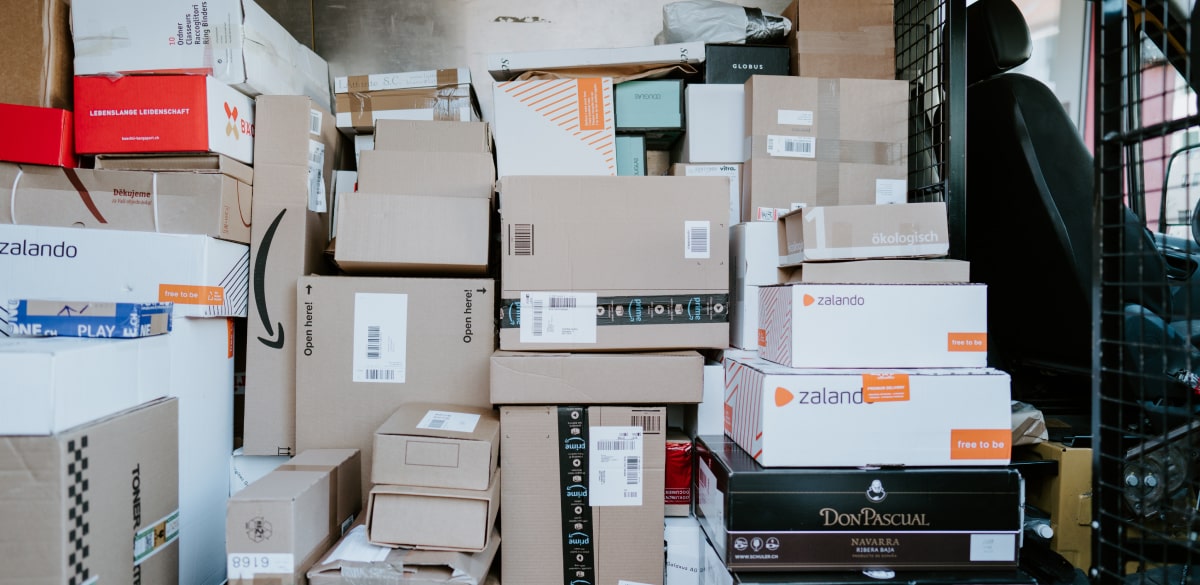


Imagine: you’ve just run out of hand soap. You go online and pick one out from the “One Day Shipping” section. The next day comes, and you find that your soap isn’t at the door, but an email saying your package will be delayed is sitting in your inbox. Supply chain disruptions impact everyone, from supply chain leaders to the average consumer. These disruptions occur in various forms across all modes of transport, with challenges rising based on origin and destination. While we might not be able to avoid disruptions entirely, especially unforeseen ones like a pandemic, businesses can still look to the past and learn to manage the ones that may come in the future. To understand why these road bumps occur, we need to go to the source; a deeper look into supply chain stressors and what might be stopping supply chains from running smoothly. This article outlines some examples of supply chain disruptions, and how they can be mitigated.
There are many examples of natural disasters creating massive disruption to the supply chain, and with the changing climate, more extreme weather events are on the horizon. Take Toyota for example, who have been pioneers in supply chain management. They’ve experienced extreme supply chain disruptions when their business was affected by the Tohoku earthquake and tsunami in 2011. They were unable to deliver or receive essential spare parts, ultimately leading to several losses. Climate change has also been linked to several unexpected weather patterns, especially in the Pacific leading to several cases of containers falling off at sea leading to losses and delays in the supply chain.
Undoubtedly one of the biggest disruptions to the global supply chain has been the pandemic. It halted movement, production, and limited capacity across global supply chains. External factors also played a part, including initial misunderstanding of the virus transmission, panic buying, and a resounding surge in online shopping. The outcome of these factors are quite clear and resulted in the bullwhip affect which still affects supply chains, including:
Conflicts such as the Russian war in Ukraine are shining a spotlight on vulnerabilities in Europe’s overreliance on natural gas and crude oil from Russia, as well as agricultural products from Ukraine. Consumers are also feeling the impact of this supply chain disruption in the food and agricultural sector, with sunflower oil and fertilizers spiking in price. As with most supply chain disruptors, the repercussions of these conflicts cause a ripple effect down the chain. Virtually every sector can feel the impact, making it that much more difficult to revert back to normal.
The recent labour shortage has rocked global supply chains everywhere; from slowing down production to missing leadership, everyone has felt the impact. This is in part due to stressors such as pandemics, inflation, political instability and so on. Your supply chain is built on the network of people you create. If your team has missing links, your entire operation faces the risk of collapse. Labour shortages in every industry create a ripple effect to multiple sectors, making this issue all the more difficult to solve, and create lasting repercussions that supply chain leaders are stuck trying to mitigate for years to come.
While the nature of the disruption can’t always be anticipated, it’s clear that supply chain managers need to increase overall resilience and flexibility. Here are some of the ways this can be achieved:
Supply chains enable the production and distribution of various goods used in day-to-day life such as computers, cars, lifesaving medicines, and food to name a few. However, this trillion-dollar industry is facing constant risk from several disruptions as listed above. These external forces result in massive disruption to the supply chain, leaving customers without basic household goods, food, and medication. Supply chain managers can’t be sure of what threat is coming next, but they can be assured threats are usually closer than they think and need to be prepared. The best way to do this is by improving the flexibility and resilience of the supply chain through the solutions above. Digital and technological solutions that encourage communication, collaboration, multi-sourcing, and talent management are the best tools available to supply chain managers today.